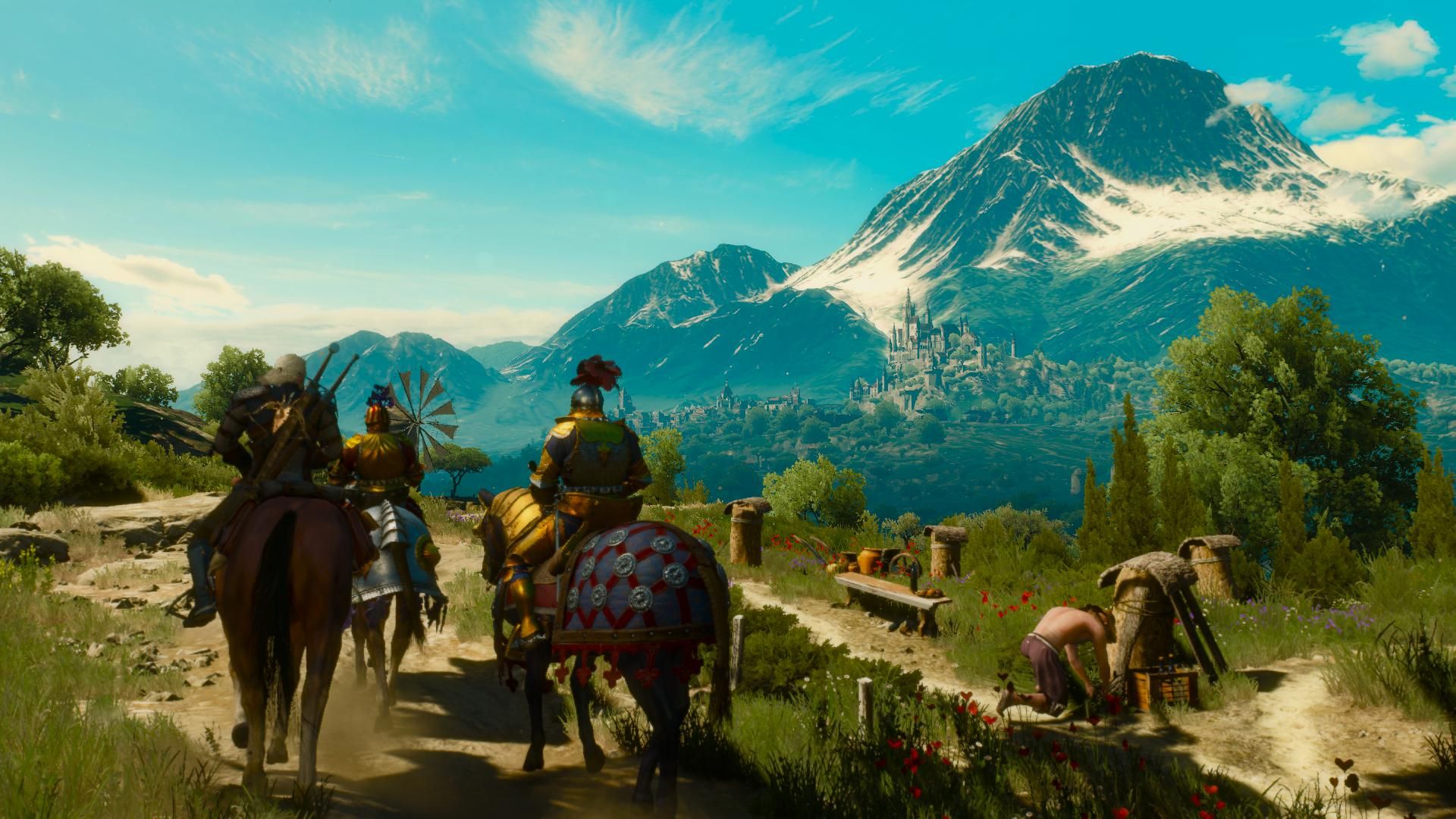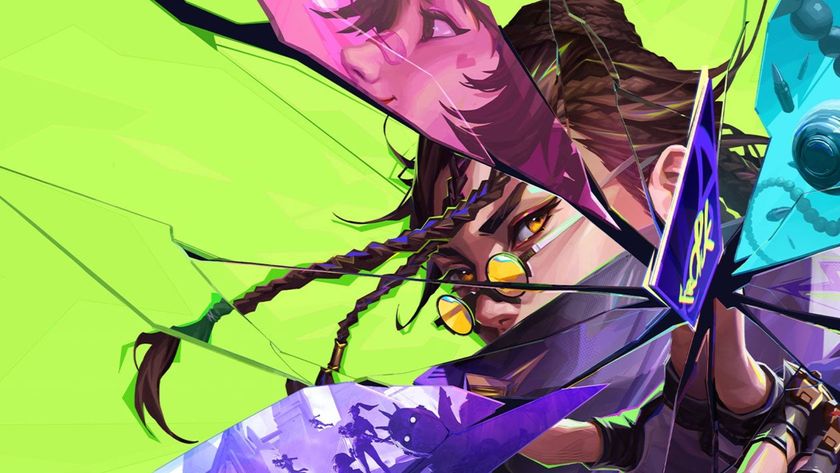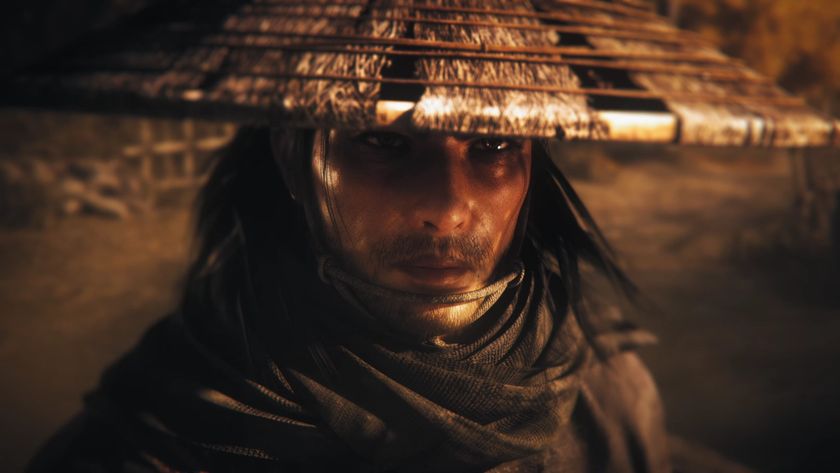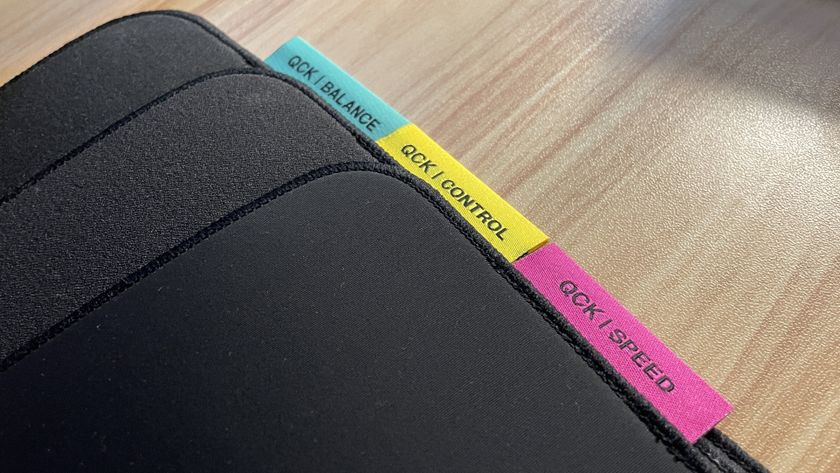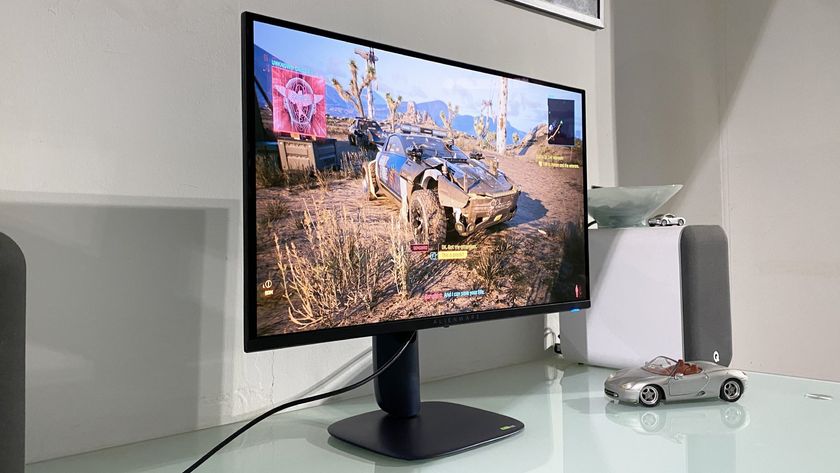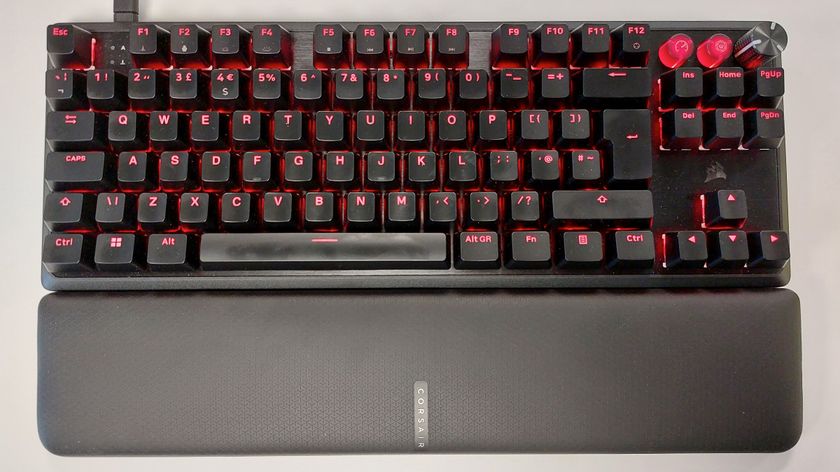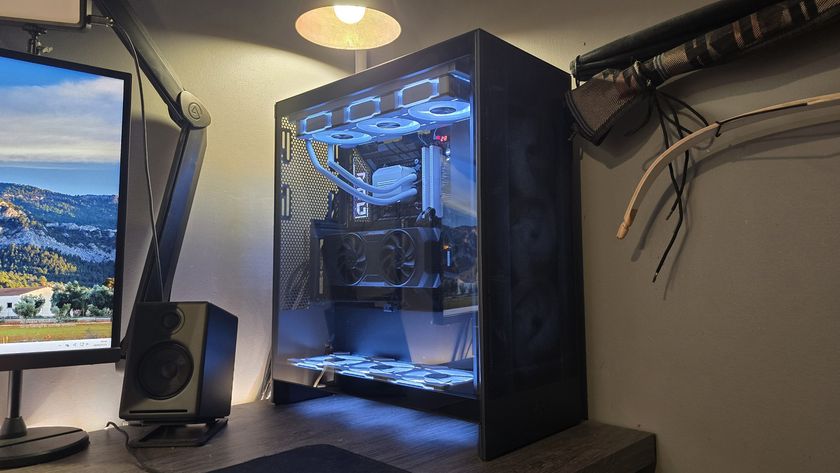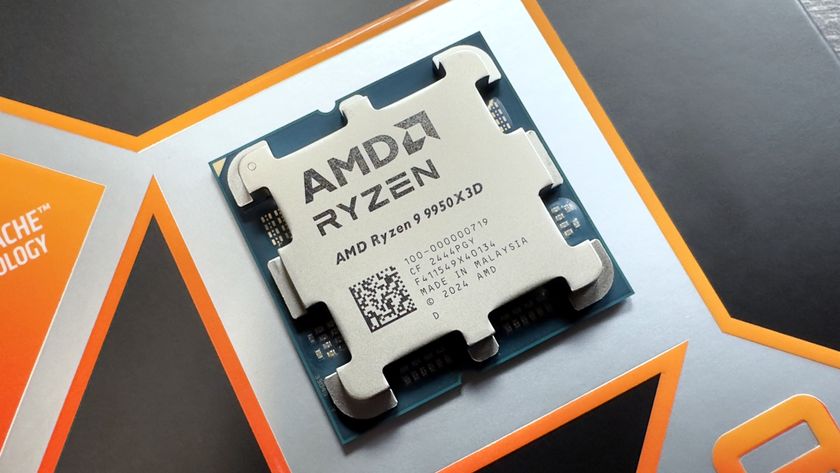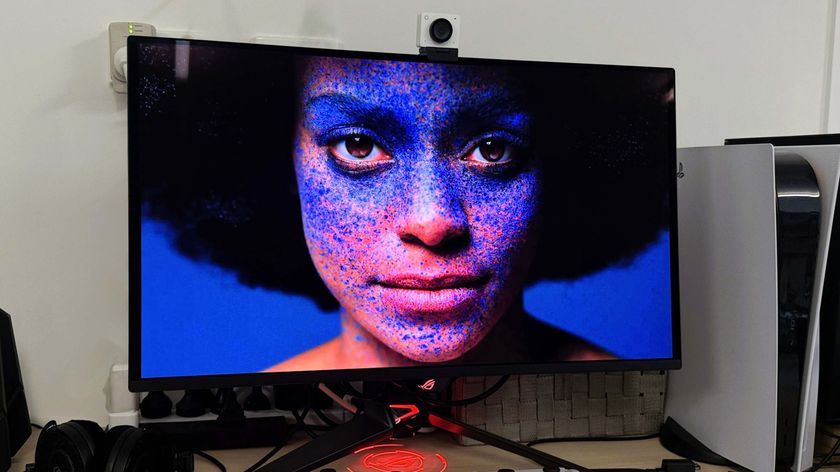Our Verdict
An outstanding farewell for the series that every Witcher fan should play.
PC Gamer's got your back
What is it? The last expansion for fantasy RPG, The Witcher 3.
Expect to pay: $20/£16
Developer: CD Projekt RED
Publisher: CD Projekt RED
Reviewed on: Intel i7 x980 3.33 GHz, 8 GB RAM, Nvidia GeForce GTX 970
Multiplayer: No
Link: Official Site
Have you ever wanted to get drunk with a vampire? The Witcher 3's Blood and Wine expansion gives you that opportunity, and lets you ask all the important questions. What's it like to die and come back? What's it like to live for centuries in a world that mostly wants you dead? How does the bat thing work? The brooding, complicated undead are just one aspect of an excellent add-on that every Witcher fan should play.
Though you ostensibly play a monster hunter for hire, Geralt has a habit of getting sucked into local politics. Such is the case in Toussaint, the huge, gorgeous new region added by The Witcher 3's Blood and Wine expansion. You arrive on an invitation from the Duchess, who wants you to slay 'The Beast', a vicious creature that's targeting elite knights in her retinue. A twisting detective story follows as Geralt investigates the murder scenes, and begins to hack his way through a series of interlocking plots that, naturally, come to threaten the entire realm.
The Witcher 3 is at its best when dealing with small dramas—a haunted house, a local curse, a baron's broken marriage. Blood and Wine's central story weaves a series of local short stories into an escalating threat. The plot has superb pace and variety throughout. Geralt awkwardly picks his way through an artists' soiree, storms a castle or two and has a creepy, memorable encounter with a spotted wight. Vivid characterisation and some great voice work—particularly from Geralt's main ally—sells the world beautifully.
The story takes roughly ten hours to finish if you slavishly blast through the missions in order, but sidequests are an essential part of The Witcher 3 experience, and there are many to enjoy in Toussaint. You can seek out grandmaster gear for multiple witcher schools, collect armour dyes, take on a number of monster hunts, join a tourney and compete in Gwent competitions to take on the expansion's new Skellige deck. Pursue these and you'll easily reach the advertised 30 hour play time.
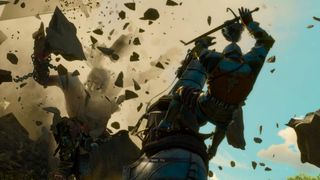
Early in the expansion, you get your own vineyard, which can be upgraded—slowly, and at great cost—to give you access to useful adventurer amenities, including a grindstone, an armour bench and an alchemy table. Once you've taken a particular opening quest you can start working towards the expansion's new mutations, which let you put ability points into powerful ability-modifiers. Depending on the one you choose to install, these can cause sign spells to land critical hits, blowing up Igni victims and freezing Aard victims. Other mutations improve Geralt's swordsmanship and make him more resilient.
The extra combat effects don't revolutionise the combat system, but mutations serve as a productive place to put your points as you move to level 40 and beyond. I found more worth in the new armour sets and the magical bonuses they confer. In a green flash I now absorb enemy life force with every killing blow thanks to a suave set of ancient black gear. I always found The Witcher 3's combat to be passable, with its large enemy health pools, stagger inducing enemy guard stances and sluggish spell switching, but Blood and Wine is the most fun I've had with it. There are some decent boss fights and the extra abilities Geralt has access to at high levels generate more interesting options. When you stagger bandits with Geralt's Aard wind blast, and follow up with his high-level spinning fast attack flurry, limbs literally start to fly. It's the best realisation of Geralt's superhuman style that the series has managed.
Of course, if you've made it far enough into the main game to access Blood and Wine, you will already be familiar with the Witcher 3's combat, and the game's other quirks. Horse movement is still an issue. Roach still catches on scenery all the time and he has particular trouble with the narrow wood bridges that span Toussaint's brooks. Blood and Wine adds nothing to core game's suite of storytelling devices, either. Geralt's magic detective vision is still a major crutch, but these investigation sections are well shuffled into quests that use combat, conversation, cut scenes and exploration in measured doses. I'd only ask for a few more important choices across the campaign.






These devices may be familiar, but Toussaint itself lends this adventure a different flavour. It's a stunning, sun-drenched land of relative opulence. The Duchess' castle, and the azure-and-terracotta town of Beaclair at its foot, are a postcard-perfect centrepiece for the area. As you ride around Toussaint's outskirts, you can almost always see the shining white spires of the palace. The region's outskirts are rich with shimmering foliage, and the area's winding trails reliably offer stunning vistas, cleverly arranged by CD Projekt's environment artists. Yet, where required, the landscape can hide an ancient dungeon or a foggy graveyard, or the site of a bloody massacre. The blood and wine duality runs through both the plot and the design of the zone itself. In The Witcher universe glamourous appearances always come with a catch.
Frankly if one of these expansions came out every year I'd still be playing The Witcher 3 in 2020. However, this is a fine end. Fantasy RPGs like this offer us the chance to walk through the pages of pulp fantasy fiction, to stand opposite the witches, wizards and wights of those stories. Even if we can't form our own words, or ultimately greatly affect the stories they tell, the semblance is powerful enough. Even in its immutable, heavily cutscene-driven form, The Witcher 3: Blood and Wine is an accomplished piece of genre fiction with some characters I'll come to miss. Pour a goblet of the red stuff and join them, you won't be disappointed.
An outstanding farewell for the series that every Witcher fan should play.
Part of the UK team, Tom was with PC Gamer at the very beginning of the website's launch—first as a news writer, and then as online editor until his departure in 2020. His specialties are strategy games, action RPGs, hack ‘n slash games, digital card games… basically anything that he can fit on a hard drive. His final boss form is Deckard Cain.
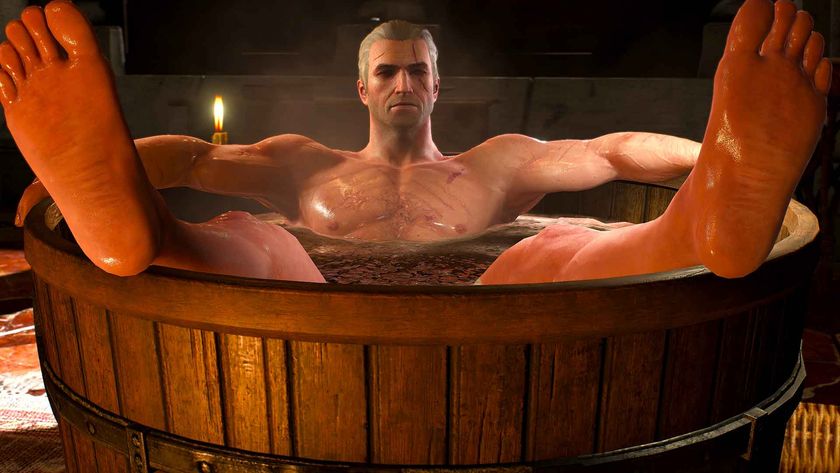
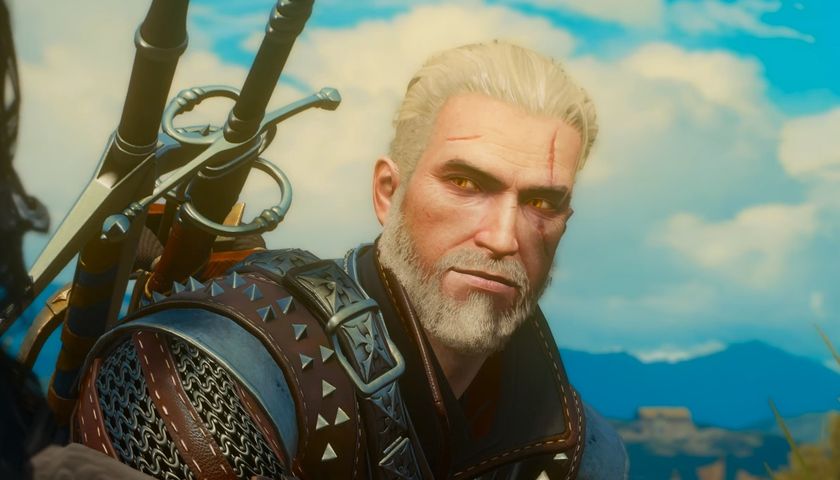
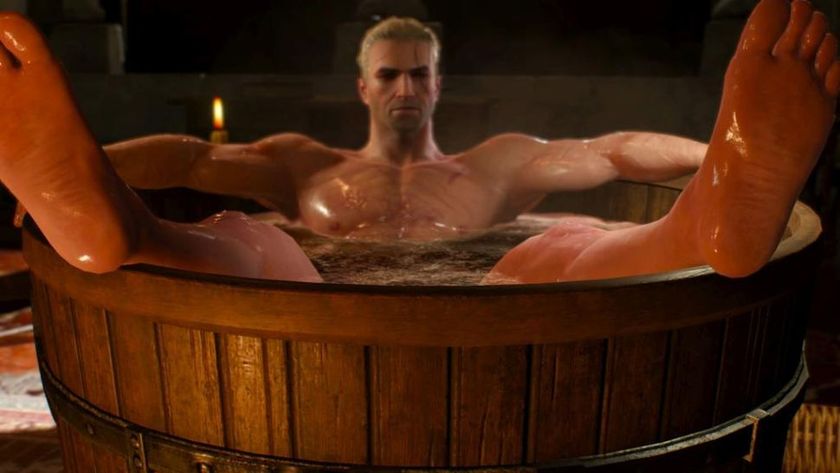
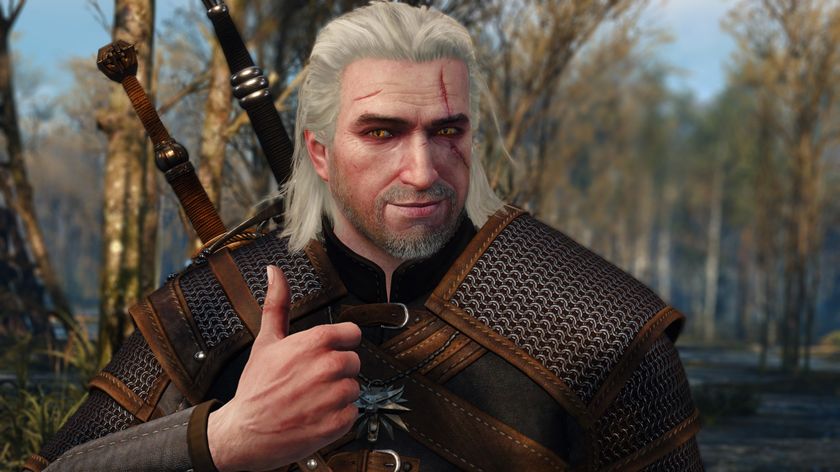
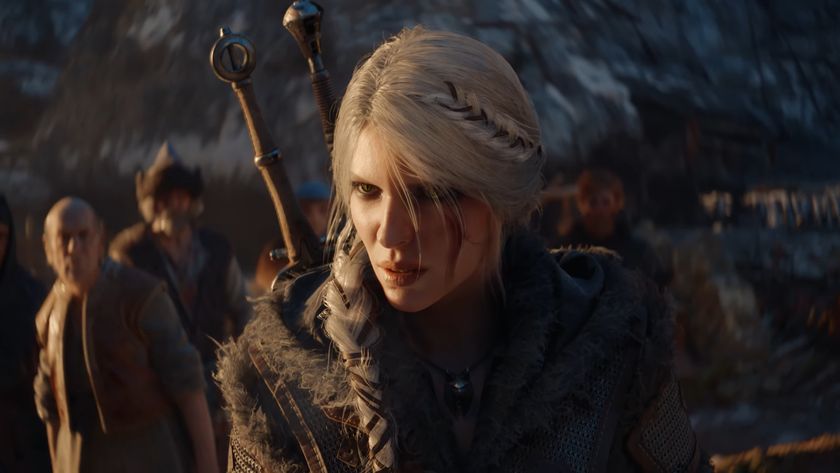
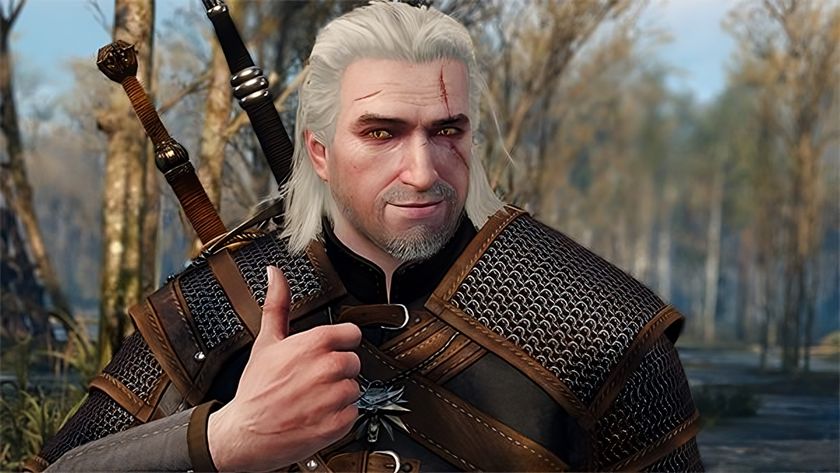
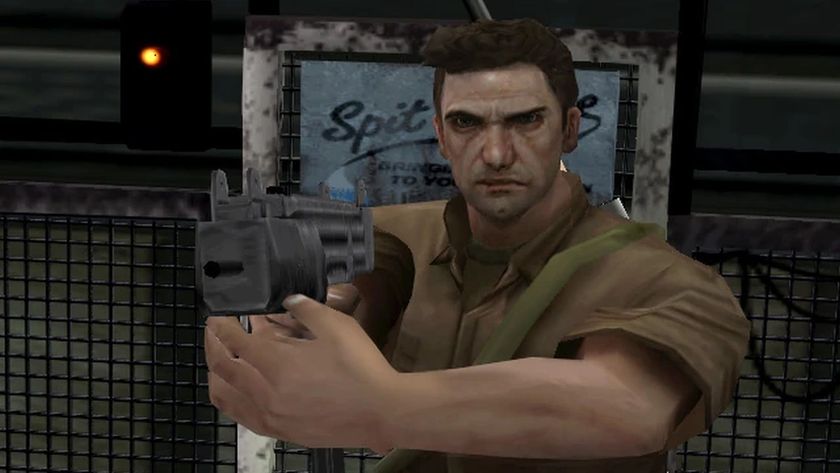
I played the notoriously ratings-board-ravaged Manhunt 2 and was quite glad for the censorship actually
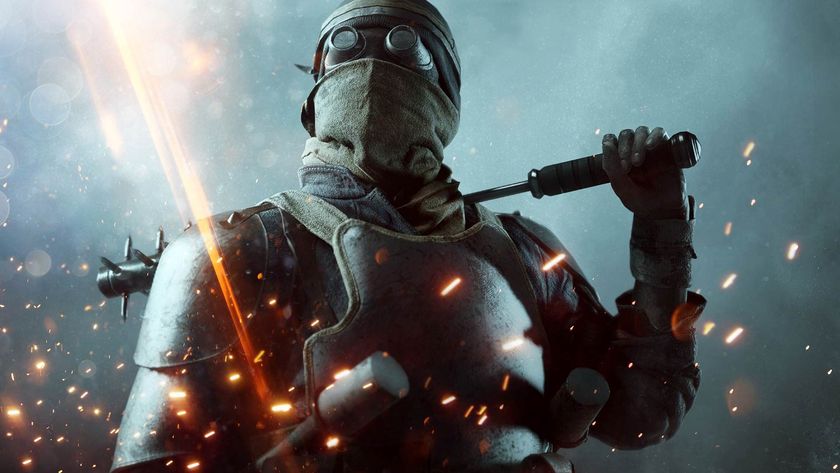
The best Battlefield game of the last decade is 95% off until Thursday
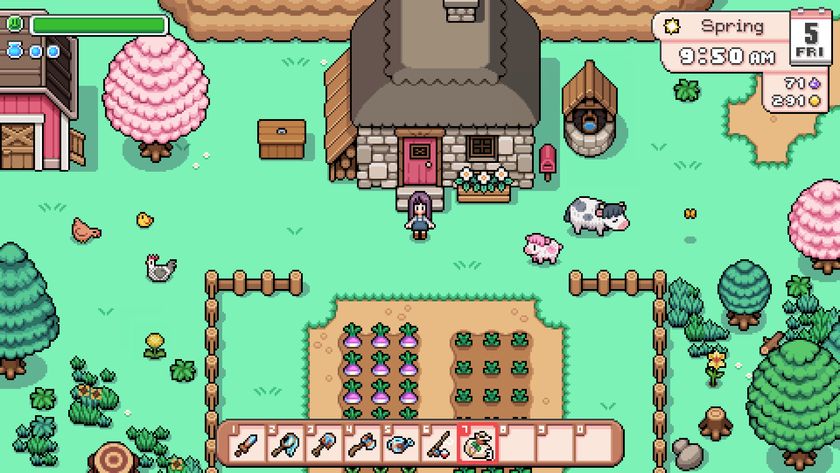
The hottest farming sim since Stardew Valley just got its second major update, adding lava caves and pets you unlock by having a 'pet dream'
